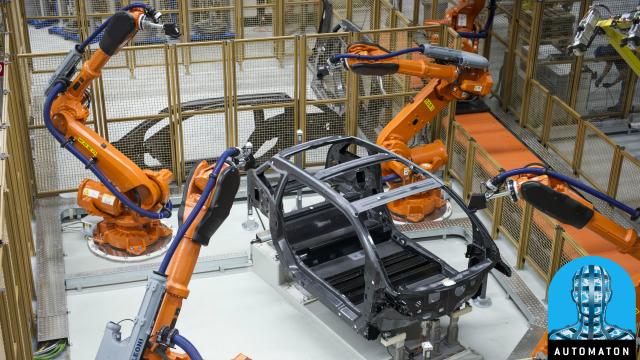There is a lot more artificial intelligence, and it is sprouting and multiplying everywhere. In schools, in job openings, in media coverage. The number of AI-based startups, conferences, research papers, and patents is skyrocketing.
That’s perhaps the simplest way to frame the findings of the 2018 AI Index Report, which collects data around a number of the most pertinent trends in artificial intelligence. And one of those trends offers the latest evidence that the world is poised for a wave of job-threatening automation.
First, though, brace thyself for a whirlwind tour through some of the Index’s other striking findings:
-The number of active venture-backed AI startups in the U.S. has more than doubled since 2015. That means a lot more incoming companies that look like TikTok, which uses AI to personalise its feed (and is the key ingredient, Predictims, too.
-AI has a massive diversity problem, which probably surprises just about nobody. Eighty per cent of professors in the field are male. Job openings in AI fields—machine learning, deep learning, etc—are also rapidly rising, though there are still, it should be noted, relatively few of them. Openings in machine learning tripled over the last three years, from fewer than 5,000 to around 15,000.
-According to the report, government-affiliated AI papers in China have increased by 400 per cent. Yet the U.S. publishes around 6.6 times as many corporate papers as China. The AI Index also broke down AI research focus by region and found that while the U.S. is focused on humanities and healthcare, China is aiming its AI at the agricultural sciences. Europe, which has consistently been the largest publisher of AI papers, is more generalized—other topics of focus include social science, natural sciences, and engineering. Research is rising in each.
The rapid acceleration of AI in so many fields and sectors detailed here certainly supports the argument of that other big AI report, from NYU’s AI Now Institute, that the field needs to be regulated, ASAP.
Most interesting to me is the incredible rise of Robot Operating System downloads—a popular open source stack for developers working on robotics and automation. The OS can be downloaded at ROS.org and is popularly used by commercial manufacturers, as well as academics and tinkerers. Download rates can be viewed, perhaps unsurprisingly, as one indicator of growing robotization, especially in the manufacturing sector.
“There’s definitely a burst of activity in ROS downloads and especially China, but really everywhere,” MIT’s Erik Brynjolfsson, author of the Second Machine Age and one of the researchers behind the AI Index report, told me in an email.
Monthly downloads at ROS.org went from virtually no package downloads in 2012 to 15 million downloads monthly in 2018, according to the report. “Since 2014, total downloads and unique downloads have increased by 352% and 567%, respectively,” the report states. China saw the largest increase of pageviews on ROS.org.
“The technology is at the cusp of a set of breakthroughs and, though it’s not part of the report, my personal view is we can expect vastly greater capabilities, and thus sales and impact, in the next few years,” Brynjolfsson says. “The effects on manufacturing will be substantial.”
Robotization, of course, stands to impact countries host to large numbers of people who perform low-skilled factory work, like China and India. Automation of jobs there will probably be even more painful and disruptive than in more diversified economies—there are millions of people who rely on those jobs and who have no obvious alternatives.
“I suspect there will be a lot of jobs destroyed and other ones created, but possibly for different people into different locations,” Brynjolfsson says. “Developing countries are likely to be the hardest hit—they are the ones that depend most on low wages to compete in manufacturing.”
